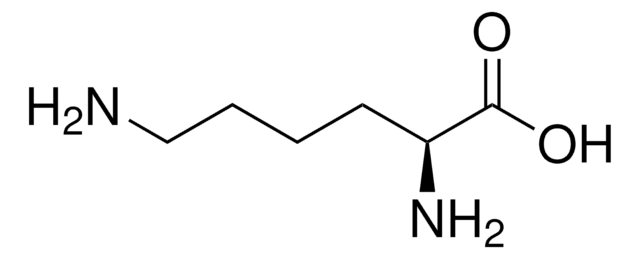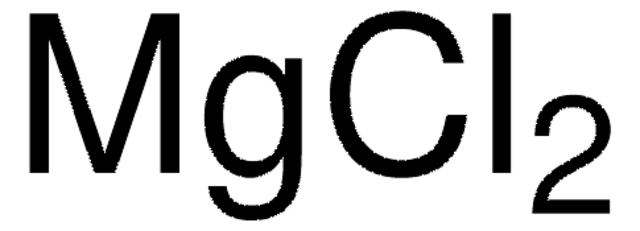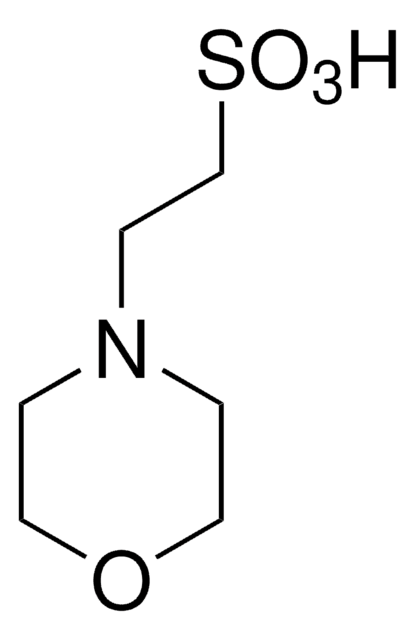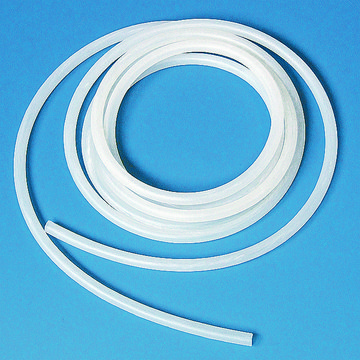616265
DL-Leucine-isopropyl-d7
98 atom % D
Synonym(s):
DL-Leucine-4,5,5,5,5′,5′,5′-d7
About This Item
Recommended Products
isotopic purity
98 atom % D
Quality Level
Assay
99% (CP)
mp
293-296 °C (subl.) (lit.)
mass shift
M+7
SMILES string
[2H]C([2H])([2H])C([2H])(CC(N)C(O)=O)C([2H])([2H])[2H]
InChI
1S/C6H13NO2/c1-4(2)3-5(7)6(8)9/h4-5H,3,7H2,1-2H3,(H,8,9)/i1D3,2D3,4D
InChI key
ROHFNLRQFUQHCH-UAVYNJCWSA-N
Related Categories
1 of 4
This Item | BR25962 | BR25961 | BR25933 |
|---|---|---|---|
| packaging pack of 1 ea | packaging pack of 1 ea | packaging pack of 1 ea | packaging pack of 1 ea |
| manufacturer/tradename BRAND 25950 | manufacturer/tradename BRAND 25962 | manufacturer/tradename BRAND 25961 | manufacturer/tradename BRAND 25933 |
Packaging
Storage Class Code
11 - Combustible Solids
WGK
WGK 1
Flash Point(F)
Not applicable
Flash Point(C)
Not applicable
Choose from one of the most recent versions:
Certificates of Analysis (COA)
Don't see the Right Version?
If you require a particular version, you can look up a specific certificate by the Lot or Batch number.
Already Own This Product?
Find documentation for the products that you have recently purchased in the Document Library.
Customers Also Viewed
Our team of scientists has experience in all areas of research including Life Science, Material Science, Chemical Synthesis, Chromatography, Analytical and many others.
Contact Technical Service














